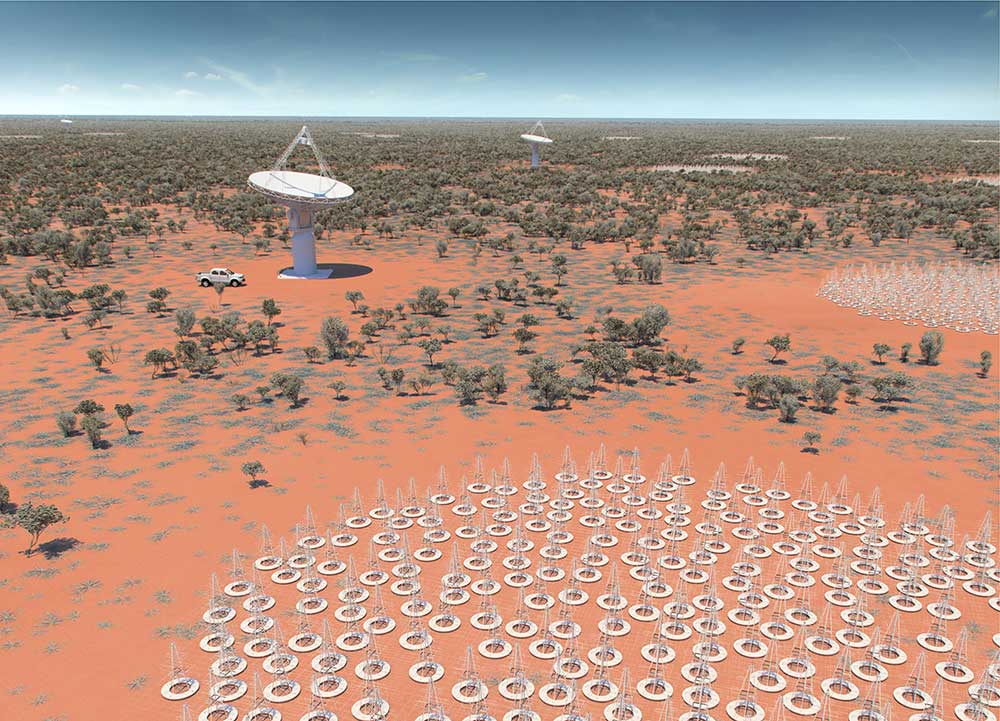Dr Sarah Pearce was recently announced as the 2020 Telstra New South Wales Business Woman of the Year. The astronomer spoke to create about her career, working on the world’s largest telescope and how there’s much more to space than sending rockets to Mars.
The Deputy Director of Astronomy and Space Science at CSIRO is a pioneering and internationally recognised physicist.
Dr Pearce, who leads a team of more than 250 astronomers, engineers, technicians, administrative and outreach staff, knew she wanted to be an astronomer from a young age.
“I was interested in answering the big questions at school, like how is the universe formed and what are we made of,” she said.
After attending space school in the United Kingdom at 17, she went on to an undergraduate degree in physics from the University of Oxford and a PhD in X-ray astronomy from the University of Leicester.
“My career has been quite unusual,” she said.
“After my PhD I didn’t go into research, as I became interested in policy. I worked in the UK Parliamentary Office of Science and Technology as a science advisor, writing briefings for parliamentarians about everything from regulating the internet to missile defence systems.”
From there, Pearce went on to work on a project that did computing for the Large Hadron Collider, before moving to Australia, where today she is in charge of CSIRO’s space research program. Her current focus is on the international Square Kilometre Array (SKA) project to build the world’s largest radio telescopes.
“In Australia, the telescope will consist of 130,000 antennas that look a bit like metal Christmas trees, spread out across 65 kilometres of desert in Western Australia,” she explained.

A mega science project
The SKA project is a partnership between 12 countries, with another telescope in South Africa. The Australian telescope will cover the low frequency part of the radio spectrum.
“This will be the first ‘mega science’ international project that we’ve hosted on Australian soil, so it’s very exciting,” Pearce said.
“Both telescopes are going to do fantastic science: in Australia we’ll be looking back to the cosmic dawn when the very first stars and galaxies started to shine after the Big Bang.”
The telescope should be finished by 2028, although Pearce expects it will start receiving data before construction is completed.
“One other interesting aspect of the project is that the telescope will have an enormous data rate, larger than any other science experiment,” she said.
“In order to deliver SKA, we’re having to learn to deal with huge amounts of data that will have implications for industry and other areas of science.”
Dr Pearce added that, for projects such as SKA, there is a wide range of activities to do beyond astronomy, meaning there’s always a need for brilliant engineers, lawyers and even archeologists who may have an interest in space. Indeed, she said that working in the field is about much more than looking up at the stars.
“A lot of people tend to think that space is detached from everyday concerns, that it’s just about sending rockets to Mars,” she said.
“But a lot of what we do is about looking back down on Earth and solving problems that we have now, such as mapping climate change, dealing with drought and monitoring bushfires.
“For people who are interested in making a difference in the world and addressing some of our biggest problems, then space can be a great route for that, too.”